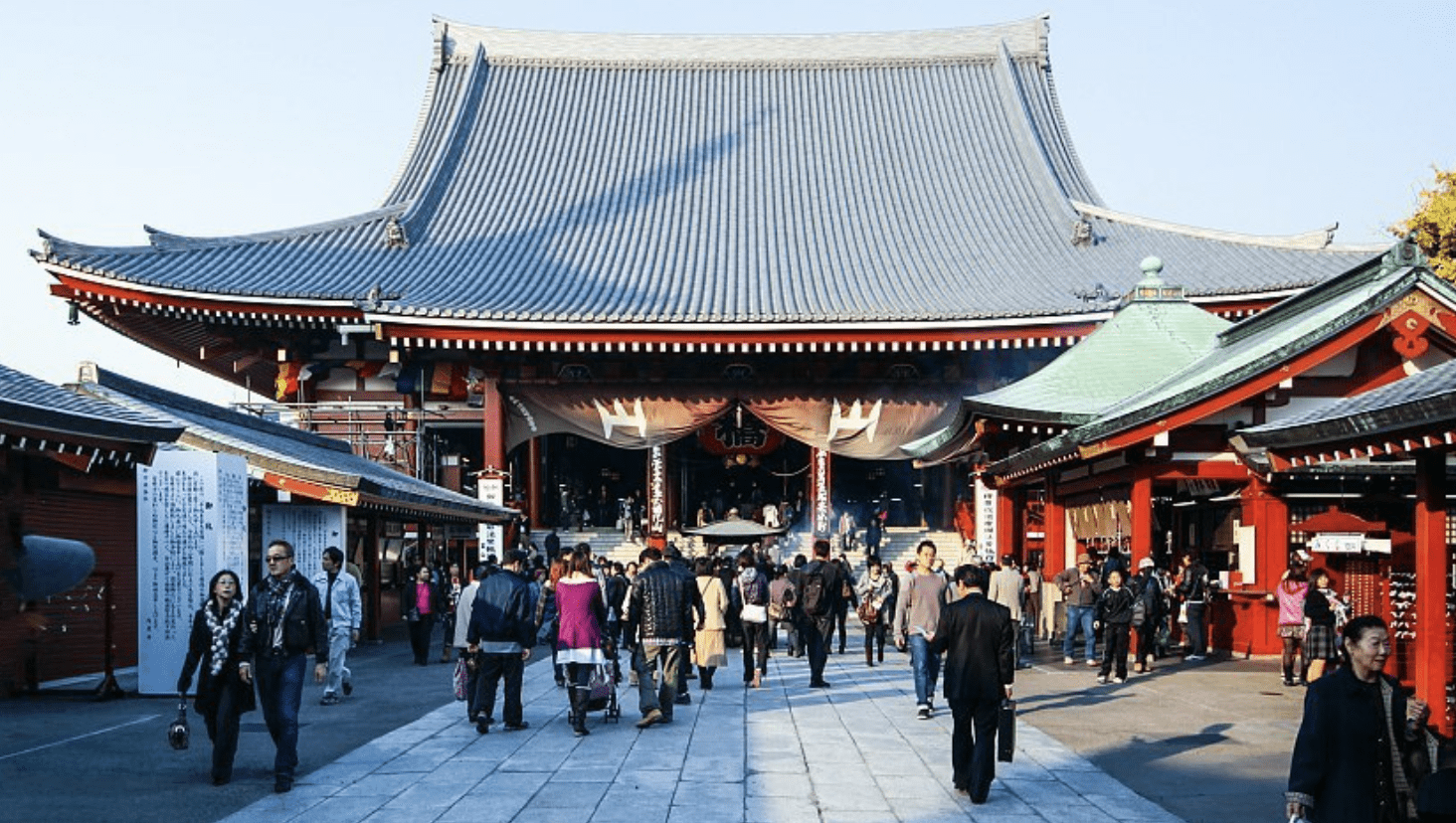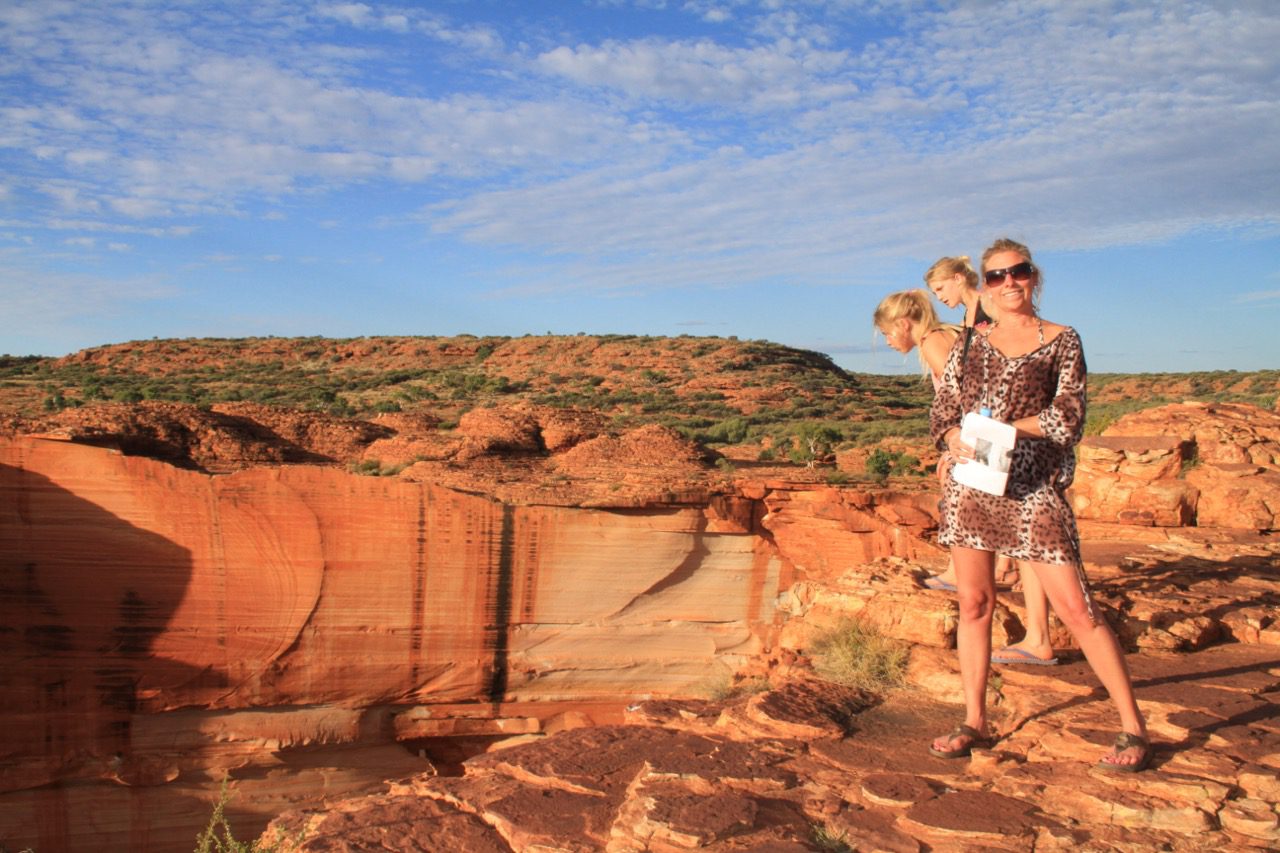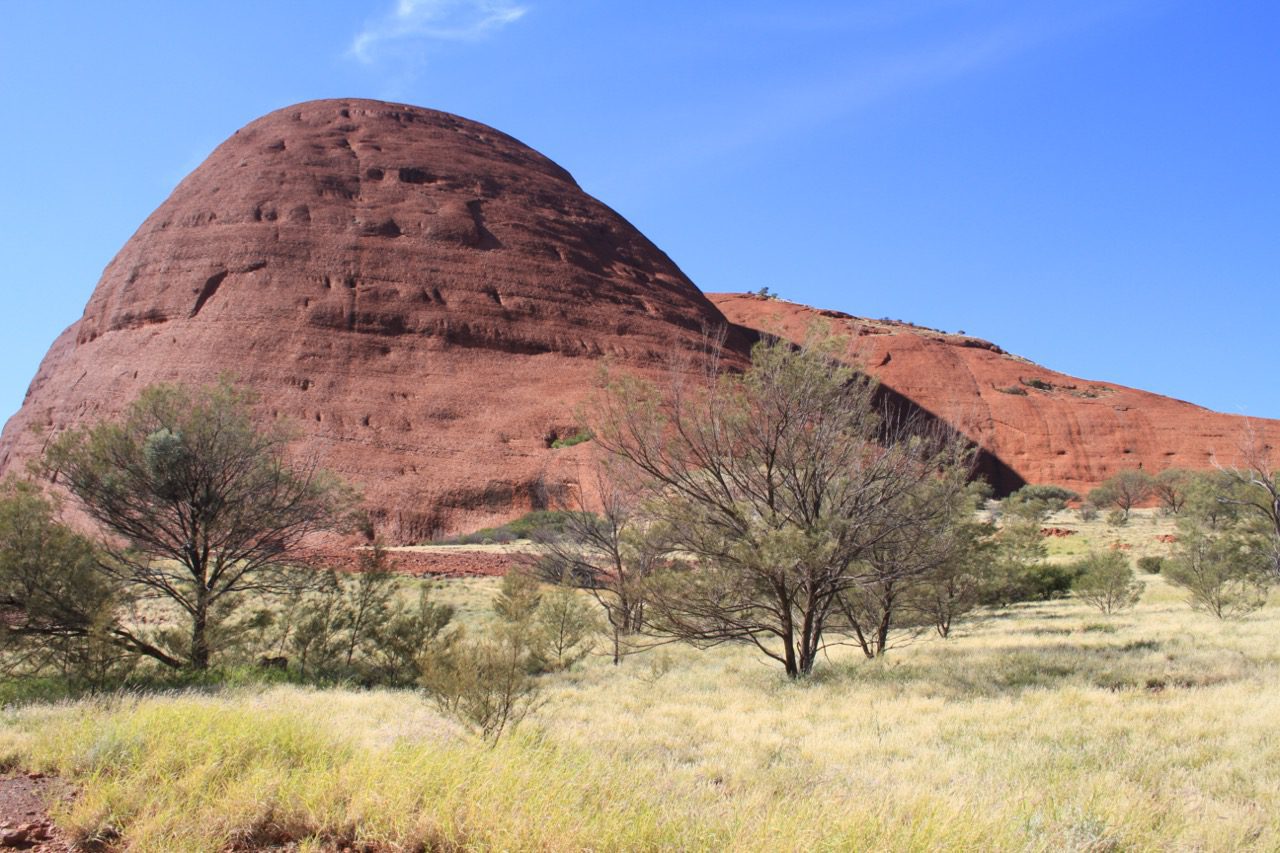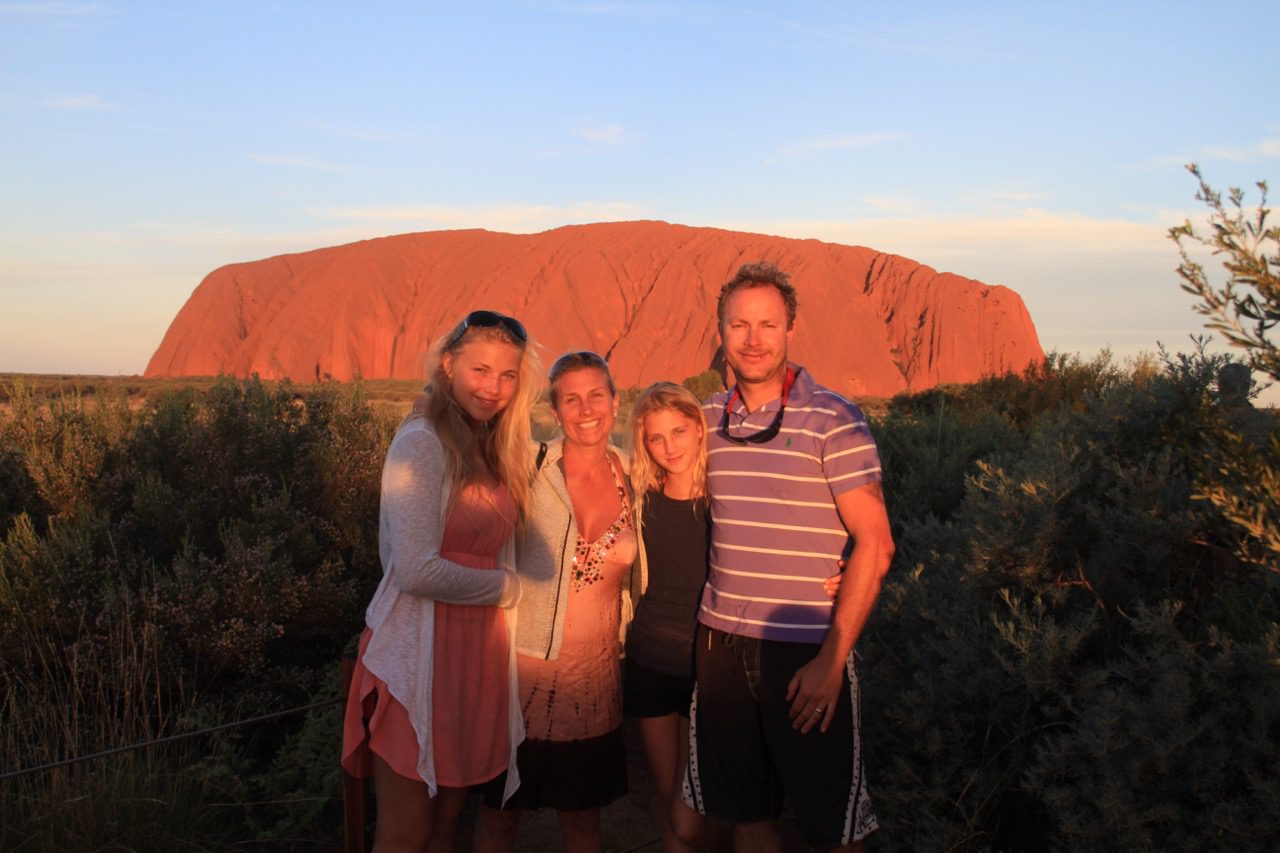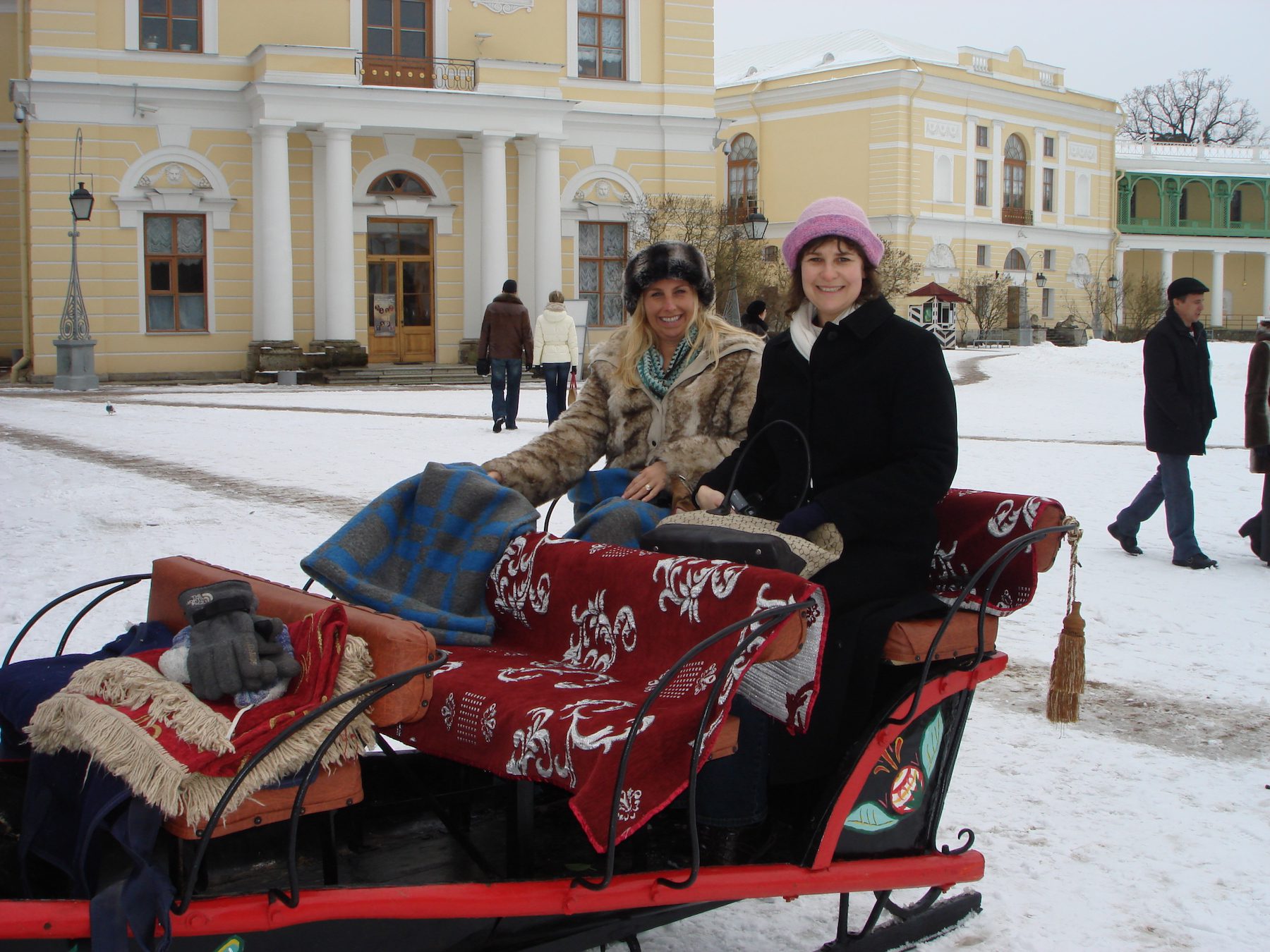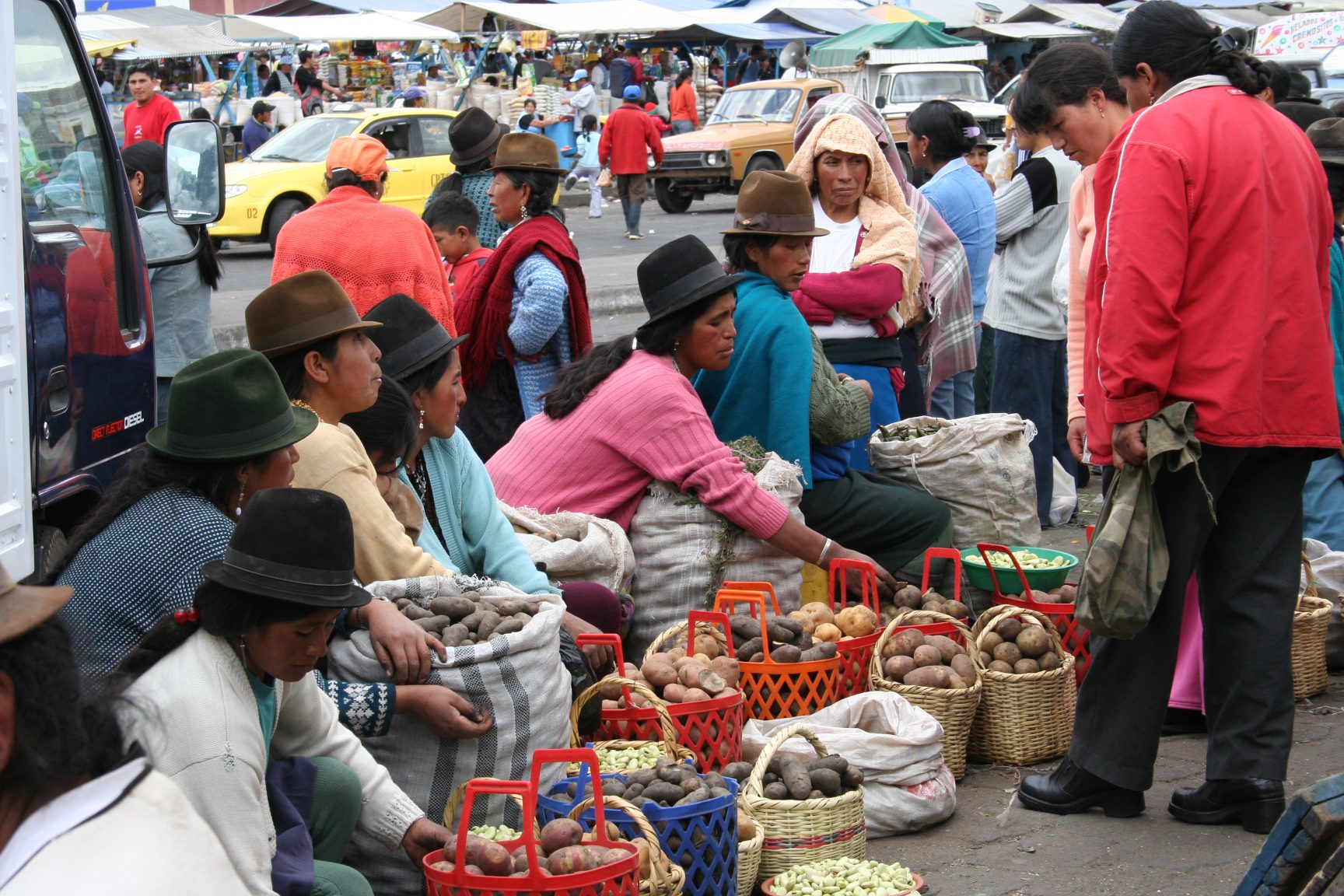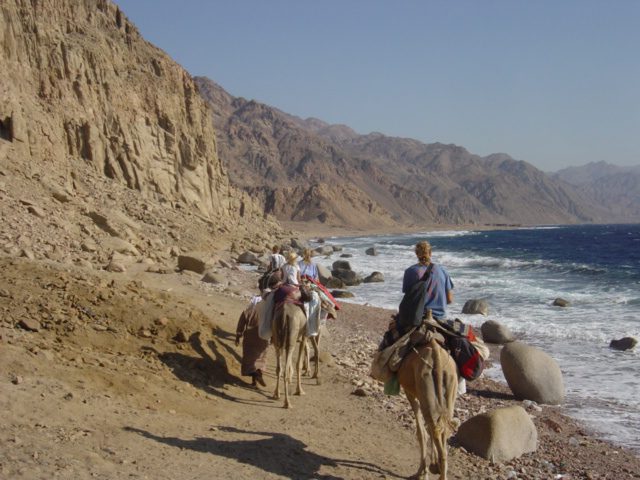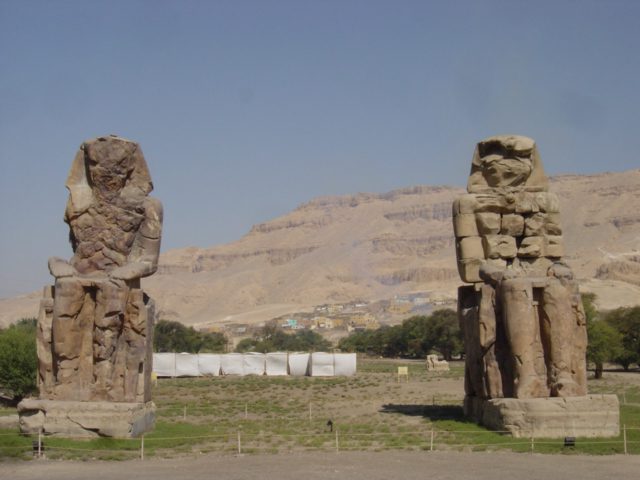Kings Canyon, also known as Watarrka, is a canyon in the Northern Territory of Australia located at the western end of the George Gill Range about 321 kilometres southwest of Alice Springs and about 1,316 kilometres south of Darwin, within the Watarrka National Park. Kings Canyon is named after the creek which periodically flows within, called Kings Creek. Kings Creek was named by Ernest Giles (an explorer) in 1872 after his "kind, old friend", Mr Fielder King.
The Mereenie Loop provides for an alternative scenic route fto/rom Alice Springs to Watarrka (Kings Caynon) and Uluru (Ayers Rock) via the Western Macs. The loop is recommended for 4x4 as weather conditions make the road conditions difficult for standard vehicles.
Fuel is available at Glen Helen, Hermannsburg, Kings Creek Station, Ayers Rock Resort.



